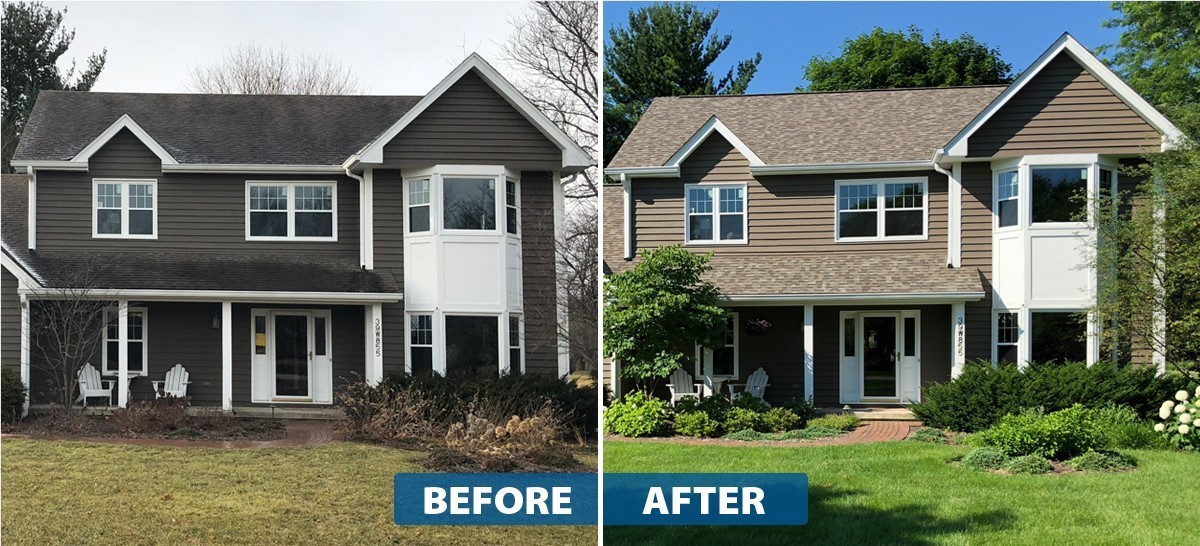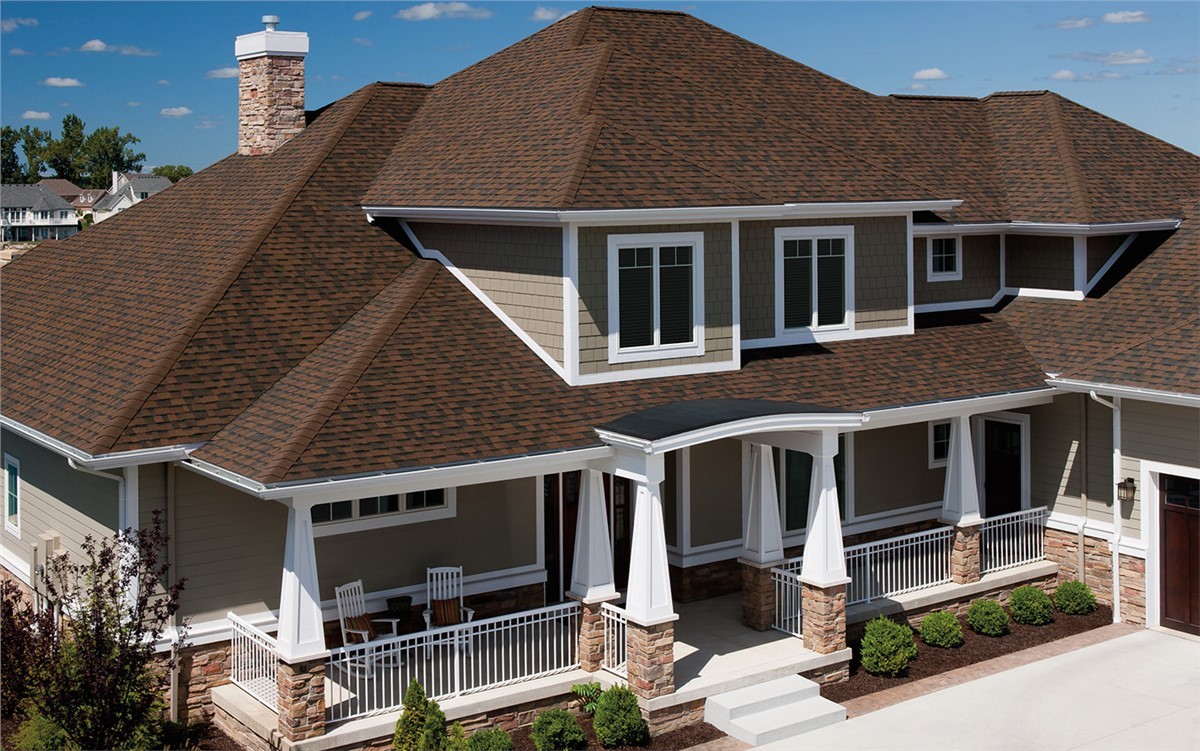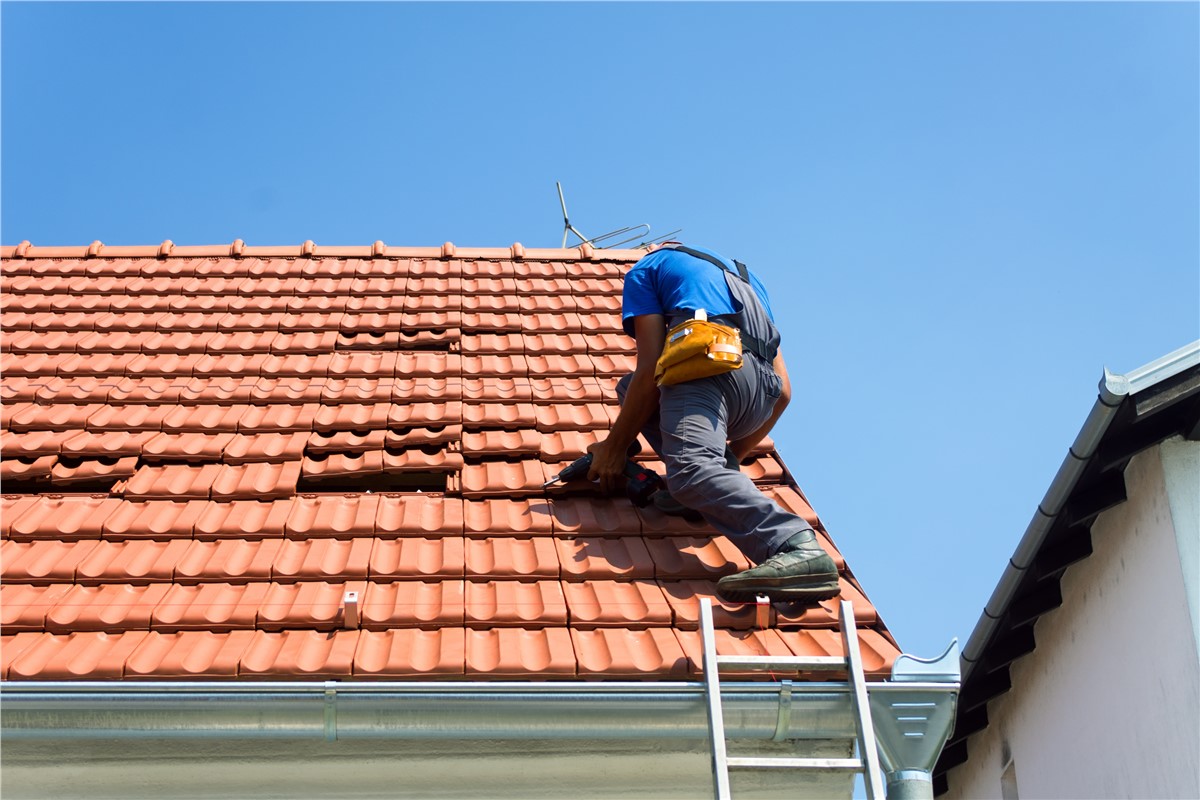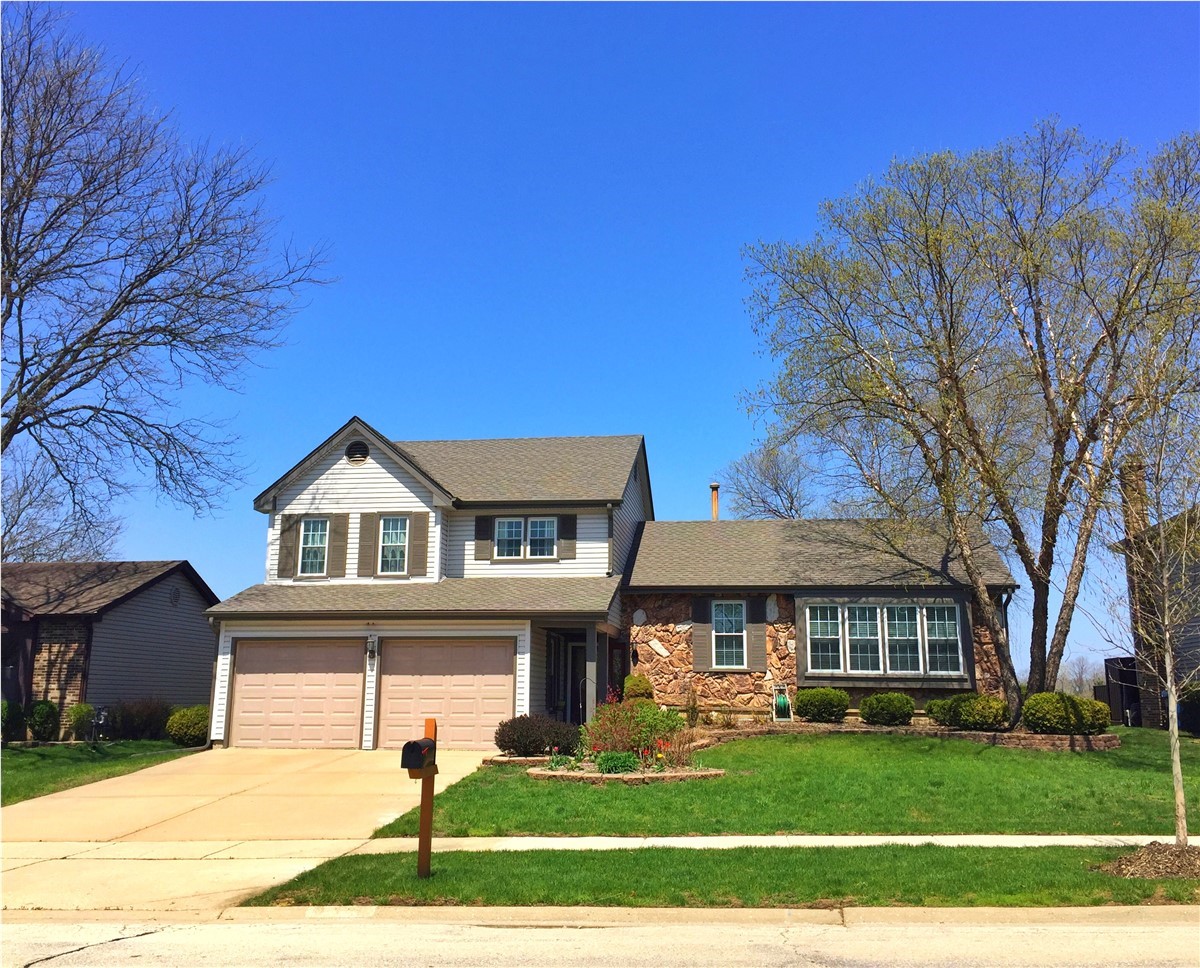Challenge
A homeowner discovered roof damage on their home and found a raccoon living in their attic. The wife was a nurse and was very upset about the physical roof damage but was more concerned about the diseases raccoons are known to carry. She was looking for a comprehensive plan that would remove the raccoon, repair the damage and address all of her health concerns.
Upon investigating the attic, we found a raccoon family was actually living in her attic. We located multiple raccoon latrines throughout the attic as well. The raccoons had opened up a hole through the soffit as their entry point.
Solution
We formulated a decontamination plan that would eliminate all serious health threats for the homeowner. All products used were approved by the CDC and were non-toxic to humans and pets. The plan consisted of the following:
- D-Wing entered the attic by removing plywood from the roof to keep all contaminants from ever getting to the living area. We never entered the living quarters. D-Wing removed the raccoon waste using an “industrial vacuum” and disposed of the material in sealed bags.
- We applied a Mold/Mildew product to all surfaces.
- An antimicrobial agent approved by the C.D.C was then sprayed over to the entire attic area and topside of the ceilings from the rooms below. This particular product has a 90-day continuous kill cycle that kills bacteria and removes the raccoon’s scent – the scent raccoons use to find their past “home”.
- We sealed all attic openings and reinsulated the attic from an R-13 to R-49.
- During the installation of new blown-in fiberglass we also sprayed an additional coating of the anti-microbial to provide additional bacteria protection.
Summary
Dealing with and effectively resolving raccoon damage requires a systematic approach utilizing “Best Practices” and products to keep families safe and healthy, and prevent recurring problems. Too many times short cuts are taken causing this dangerous situation to re-occur. During the entire remediation, nobody entered or exited the attic without protective clothing, respirators and using anti-microbial agents to maintain the highest level of safety possible.
Subscribe to D-Wing Construction's Blog








Comments